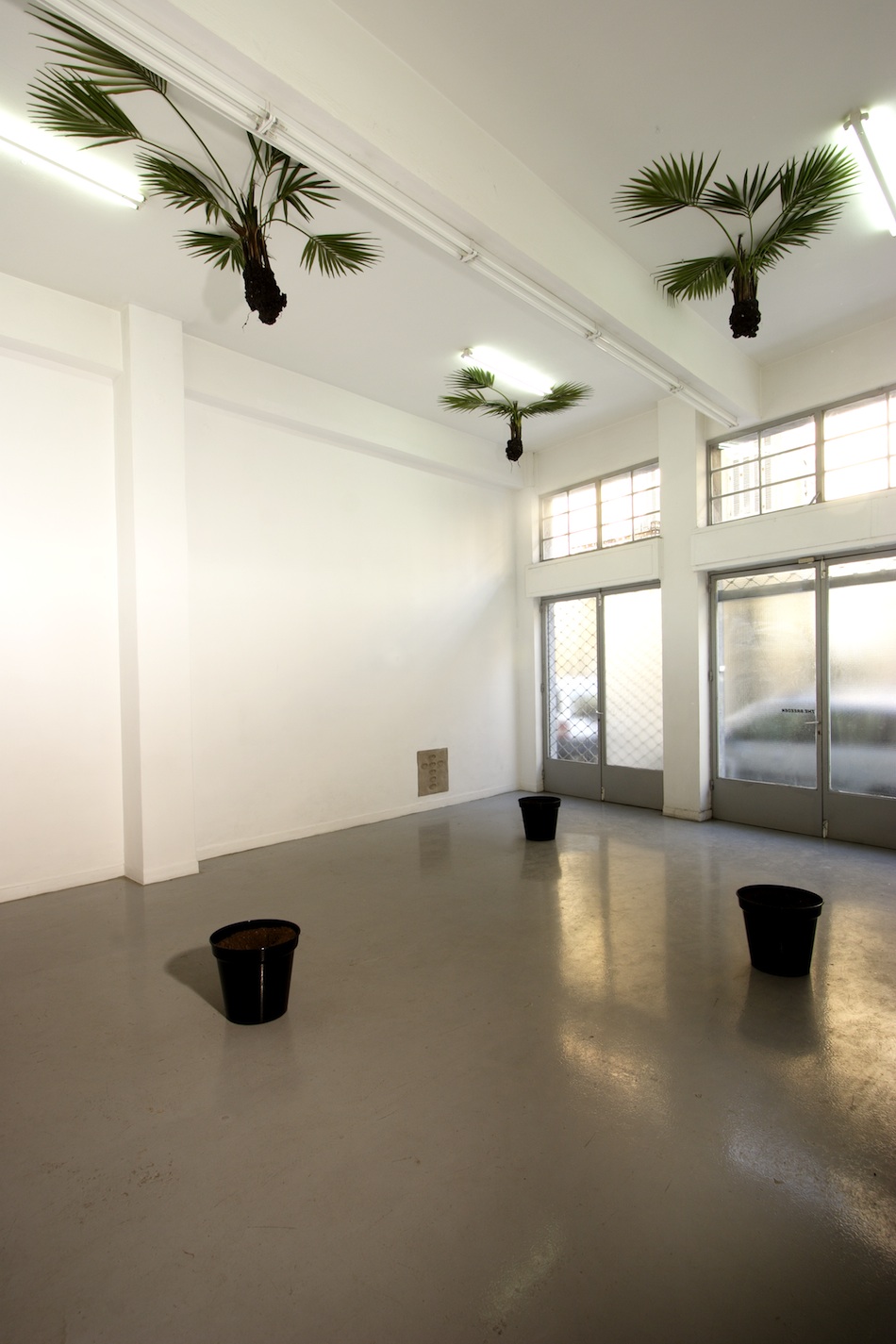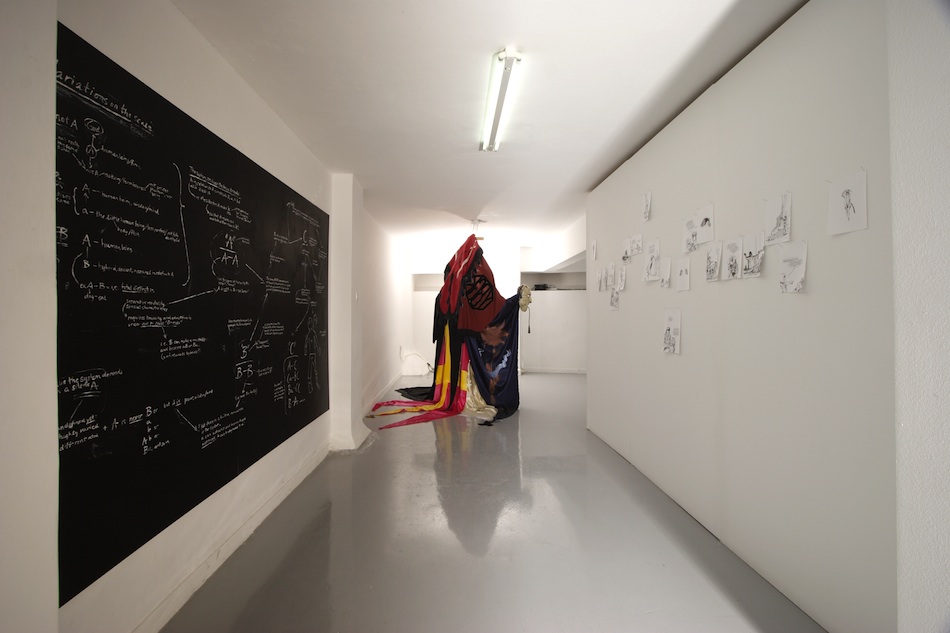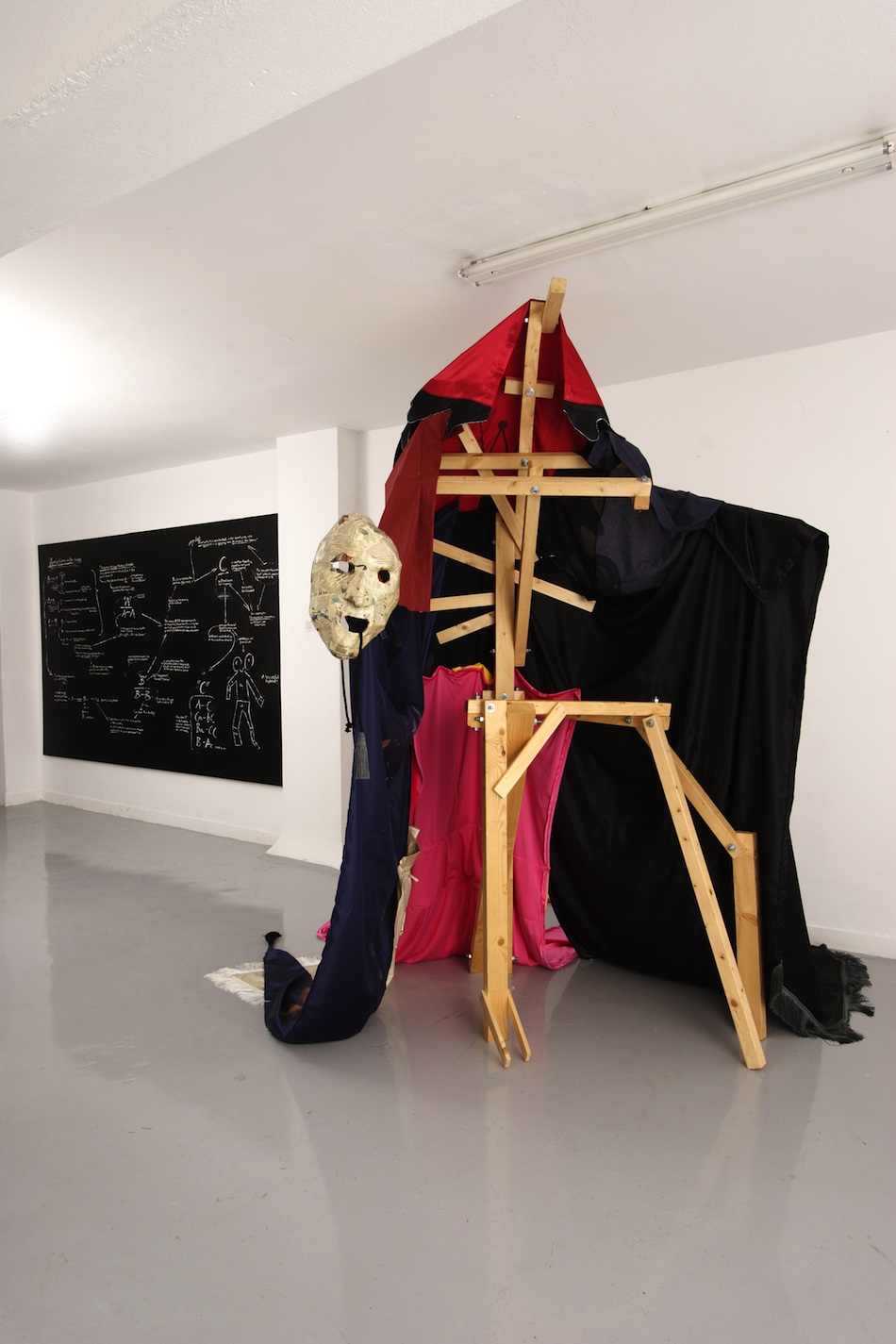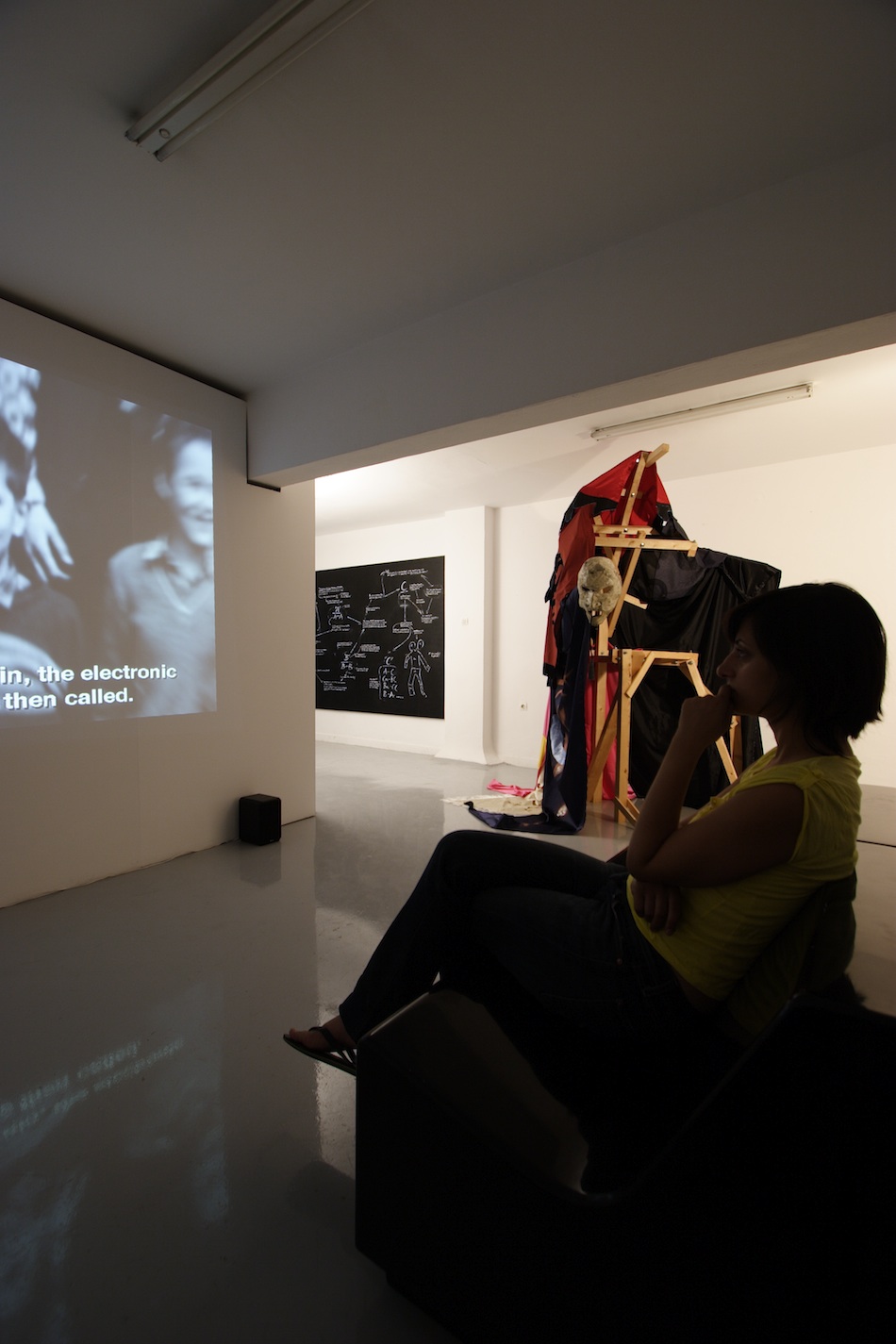Group show curated by Elena Tzotzi
LUSTFORLIFE
June 22, 2006–July 22, 2006The Breeder, Athens
LUSTFORLIFE
Sture Johannesson (SE), Mika Taanila (FIN), Magnus Thierfelder (SE), Alex Villar (USA) & Ylva Westerlund (SE). Curated by Elena Tzotzi
THE BREEDER is pleased to present the group show LUSTFORLIFE. The exhibition has grown out of the will to put emphasis on the joy of experimenting and the use of humour as a means to address and deal with various matters of concern. The works that are brought forward focus on the potential of humour as a strategy of refusal by using a curious and inventive manner that play around with codes consistent in our society.
The broad field of the visual arts can be a place of possibilites, a space of proposition that privileges the free imagination and the necessity of rethinking, questioning and testing. At the same time we constantly struggle and learn to adjust how to take in information, to classify and rationalize in order to move on. The better we get at it, the faster we can move on, so we learn to take shortcuts and rely on received interpretations. We simply learn how to use the system the way it is designed to work.
The exhibition LUSTFORLIFE is not about the shortcuts of rationalization, but on the contrary about the detours of imagination and invention.
In the film Future Is Not What It Used To Be (2002) Mika Taanila portrays and documents Erkki Kurenniemi and his pioneering work within the field of electronic music, computers, robotics, science and art. Mika Taanila’s story is a fascinating depiction of a visionary who was able to develop his experiments within the visual arts, when the academic world of science could not really fit him in.
As a counterpoint, Sture Johannesson began exploring digital technology from the 1960s onwards due to the fact of “not fitting” into the Swedish art world at the time. His work is a result of a practice of artistic, technological and chemical experimentation rooted in the discourse of radical social politics that emerged in the 1960s. With a strong belief in the power of the image, he playfully arranges his sharp and critical observations.
Another way of observing and translating is to be found in the work of Ylva Westerlund where we encounter intellectual experiments and ideologies in peculiar hybrids. Westerlund constructs analogies between opposite, incompatible standpoints offering an apparent, but quite logical consensus. In the installation entitled C (2004) the story of Frankenstein’s monster is linked to gender theory. The idea to introduce C as a new subject seems to be the only logical solution in order to achieve a total and just equality. But nevertheless, by stating a new order one automatically creates a new set of rules and regulations.
In a poetical and yet anarchic manner, Alex Villar challenges the regulated public space. Irrational Intervals (2002) dwells upon those rare moments when, in the fast-moving life of the city, the body is temporarily at rest. The strange, empty pockets in the architecture of public space become apparent when used here to take a break, but the single act of smoking in order to justify the pause works as a means of tricking and normalizing the position of the body in those peculiar spaces.
The monotony of an everyday pattern is being emphasised and turned into an act of a subversive everyday revolt in the installation Lost Control (2005) by Magnus Thierfelder. The characteristic office plant has left its artificial milieu, departed from its pot and gone up to the ceiling. The magic of an imagininative and ingenious action becomes the way out. It’s precisely in this act of insecurity, when standing in front of a non-logical situation, that one has to sharpen one’s attention. And it’s in this moment of pause and surprise we play a trick on the system.
This strategy of refusal is about not accepting already given forms, but instead pushing things forward and imagining the impossible.




